8 Essential Steps for a Calm Leash Walk With Your Dog
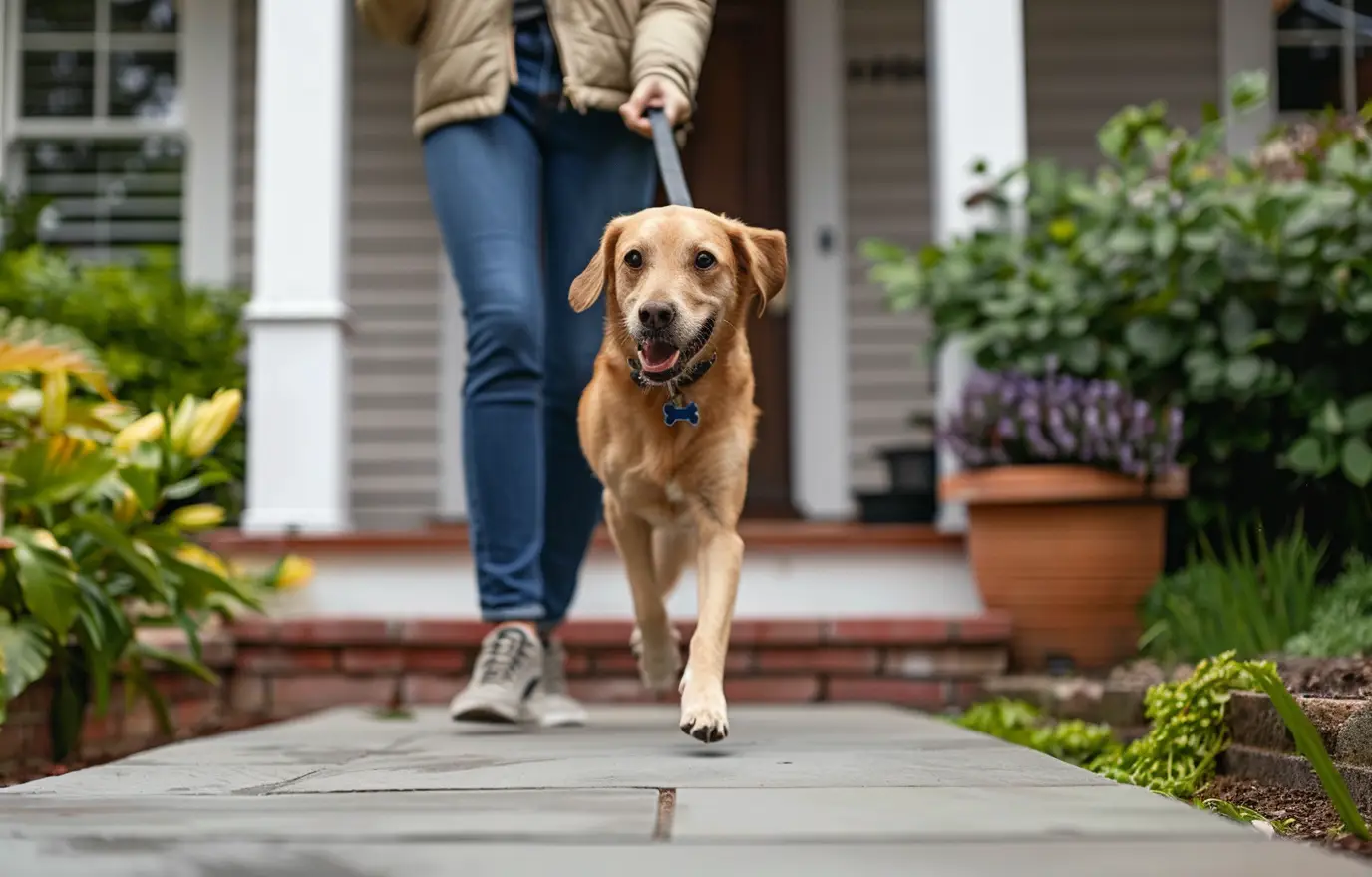
Nothing gets the excitement levels up like your dog bouncing around in glee at the sight of its leash. But let’s face it—once the walk begins, that enthusiasm often turns into a tug-of-war. If your dog is pulling you down the street like it’s competing in the Iditarod, don’t worry. With a little patience and persistence, you can turn those chaotic strolls into pleasant, well-mannered outings. Here’s how to train your dog to walk calmly by your side and enjoy the process along the way.
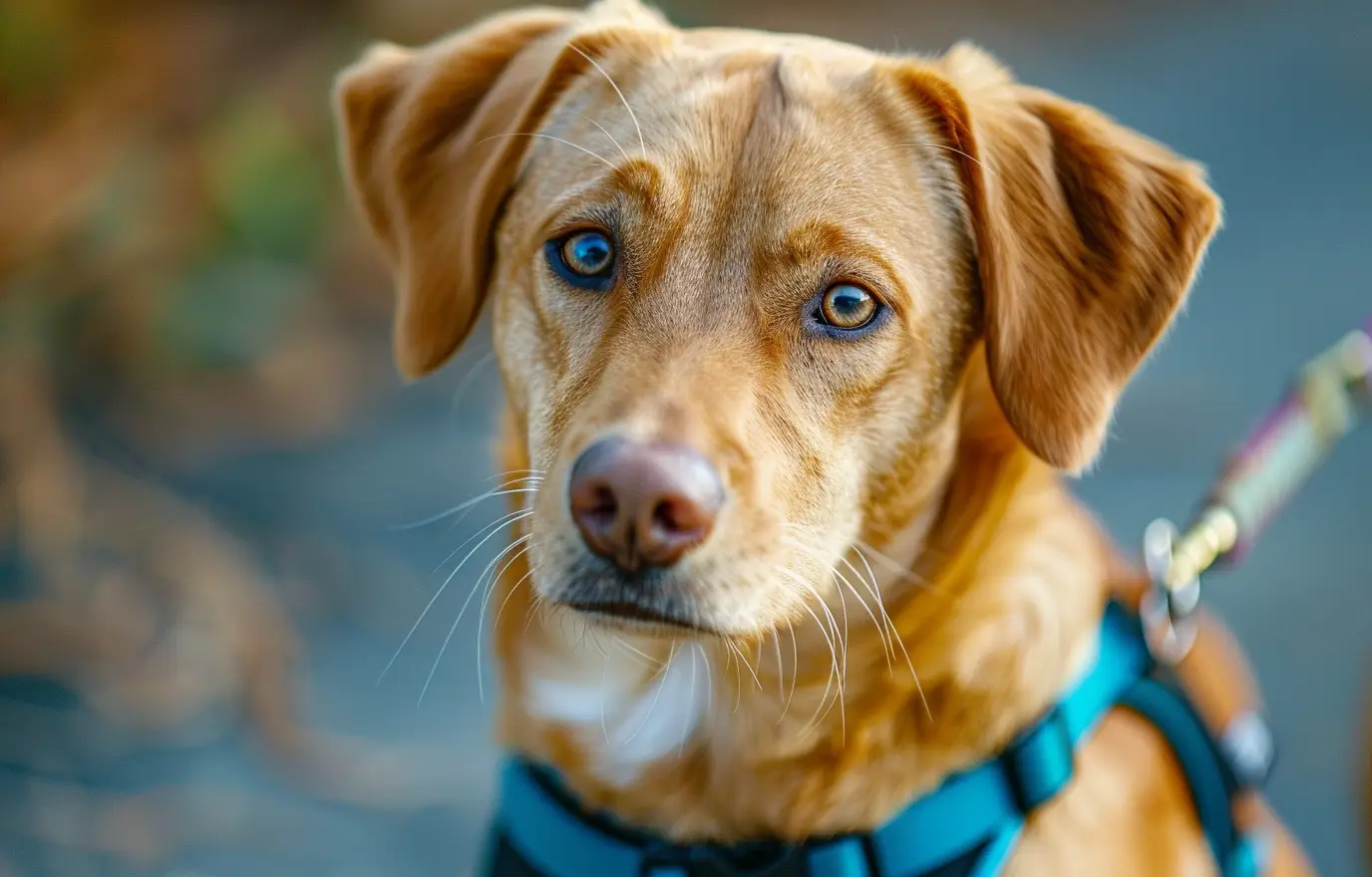
1. Select the Right Gear
Choosing the right equipment is crucial for effective leash training. Use a non-extendable leash between 4 and 6 feet (1.2–1.8 meters) long to maintain control. Avoid choke, prong, or pinch collars as they can cause discomfort. Consider a head halter or a "no-pull" front-clip harness, especially if you have a large, energetic dog. These options help minimize pulling while ensuring the dog’s neck and throat are not strained.
Tip: Ensure the collar or harness fits properly; it should be snug but not too tight. A poorly fitting harness can lead to chafing or discomfort.
Editor's Pick: Taglory Rope Dog Leash 6 FT with Comfortable Padded Handle
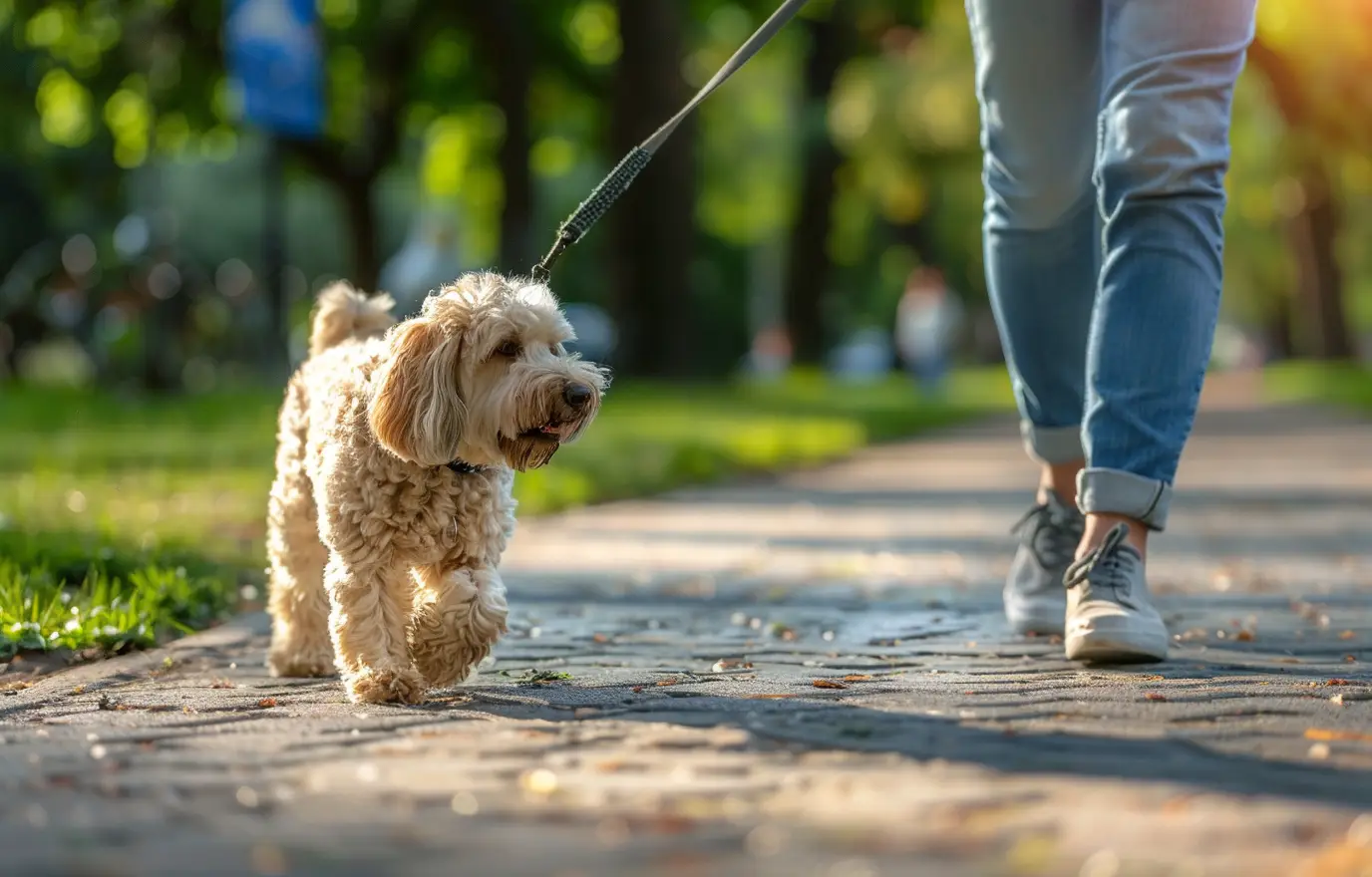
2. Start with Short, Frequent Walks
Initiate training with short walks of about 5 minutes twice a day. These brief sessions keep the dog’s attention focused and reduce the chance of over-excitement. Gradually increase the duration to 10 minutes or more as your dog learns to walk properly. Supplement these walks with additional exercise, such as playing fetch or tug-of-war, to help expend excess energy before the walk.
Tip: Use a stopwatch or timer to keep track of walk duration. Consistency in timing helps your dog anticipate the routine.
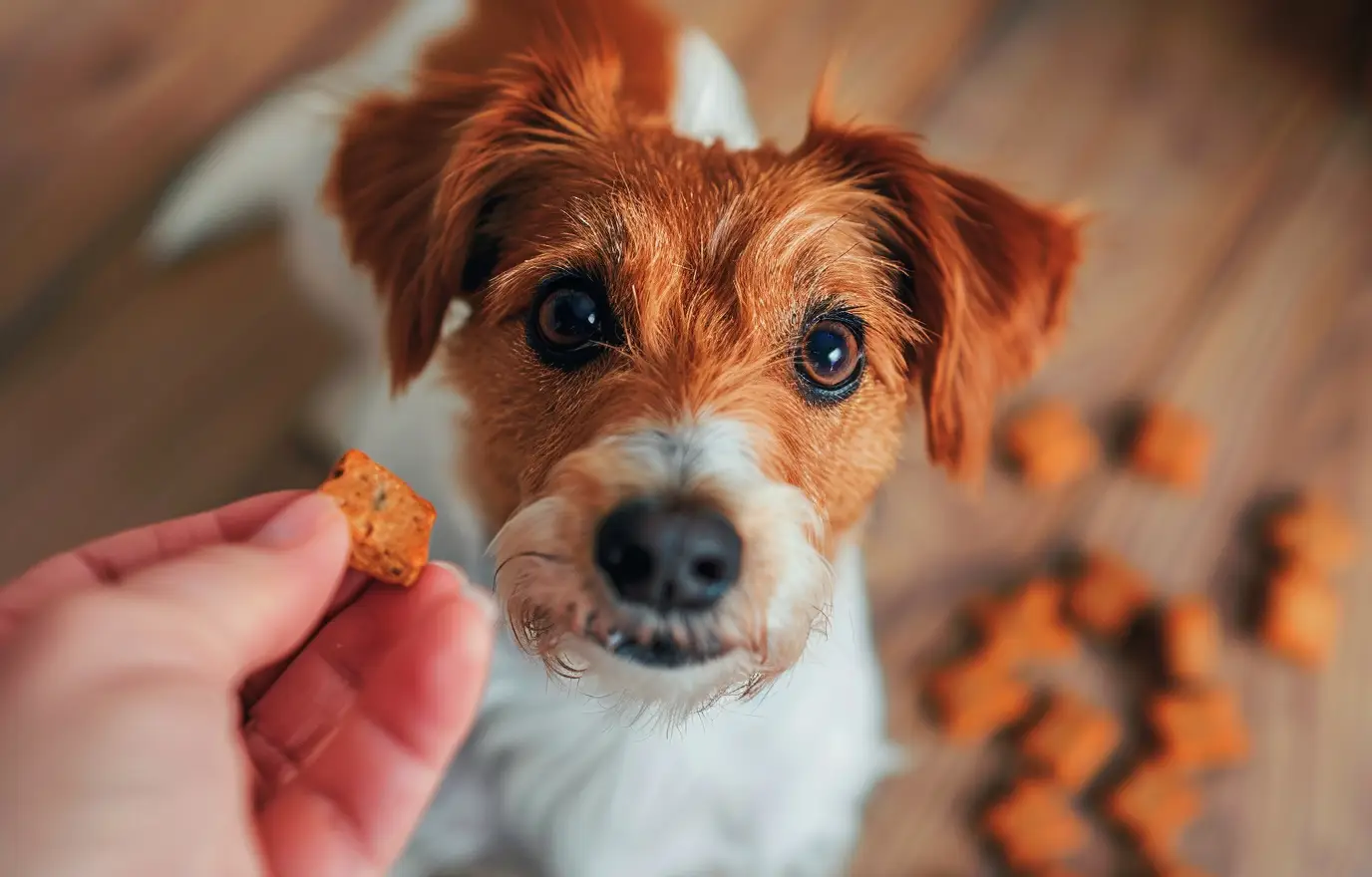
3. Use High-Value Treats
Select treats that are highly motivating for your dog, such as small pieces of hot dog, cooked chicken, or cheese. Ensure the treats are soft and aromatic to quickly grab your dog’s attention. Reserve these treats exclusively for walking sessions to create a strong association between good behavior and rewards. Avoid harmful foods like grapes, onions, or avocados, and keep treat sizes small—about the size of a pea—to prevent overfeeding.
Tip: Rotate different types of treats to keep your dog interested and motivated. Avoid using treats that are too hard or large, as they can be difficult for quick consumption during walks.
Editor's Pick: Milk-Bone Original Dog Treats for Medium Dogs
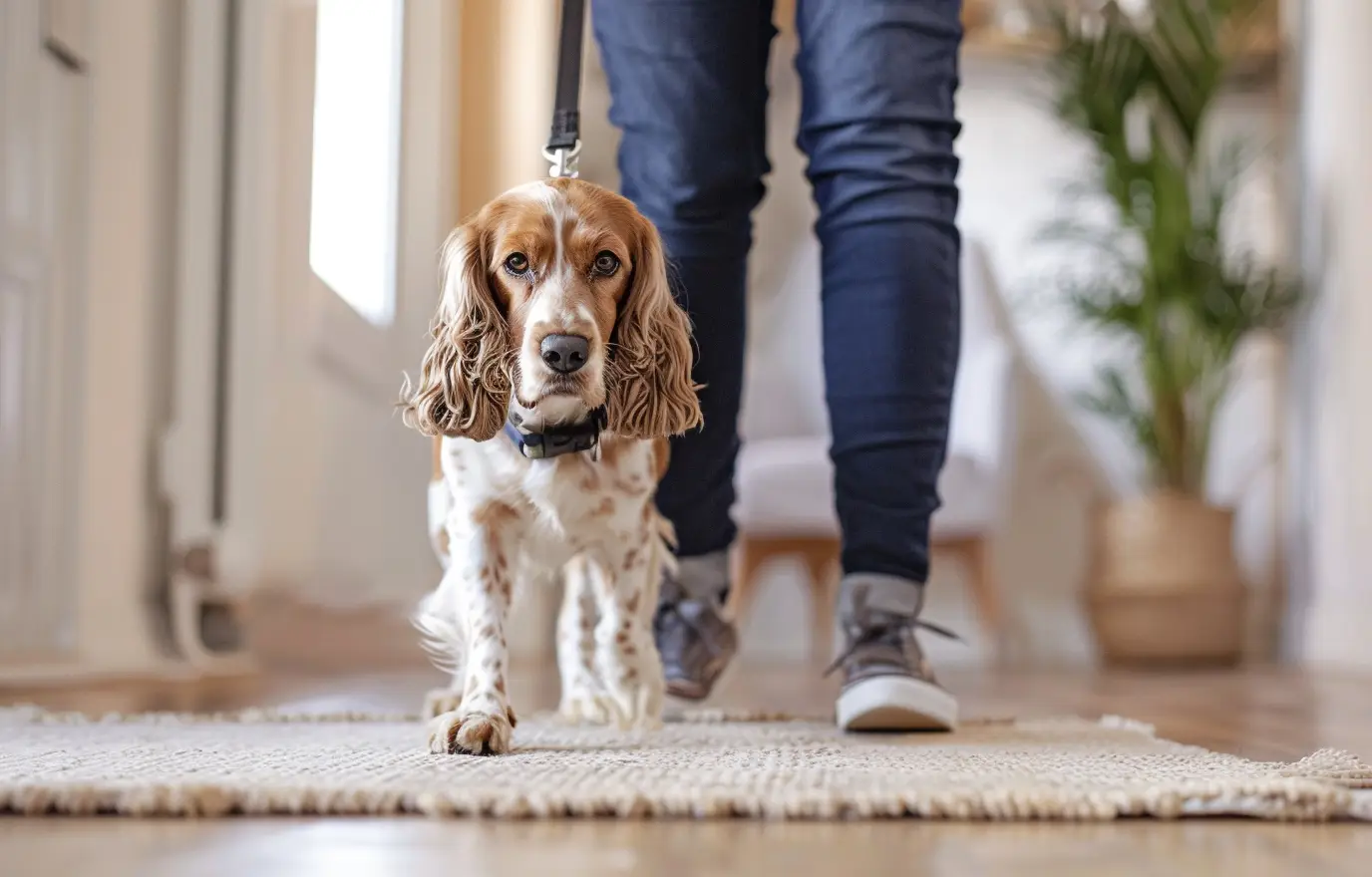
4. Begin Indoors if Necessary
If your dog struggles with leash training outside, start indoors or in a quiet area like a backyard. This environment has fewer distractions and helps your dog focus. Use a clicker to mark positive behavior and reward your dog when it stays close to you. Practice walking around the room or yard, clicking and treating every time your dog follows your lead. Once your dog consistently stays near you, gradually introduce outdoor training.
Tip: Create a distraction-free zone indoors by removing toys and other stimuli that might divert your dog’s attention. Gradually increase the level of distraction as your dog improves.

5. Teach Calmness Before Walks
Before you even begin the walk, teach your dog to remain calm while you prepare. When your dog starts to jump or bark at the sight of the leash, ignore the behavior until it settles down. Once calm, slowly attach the leash. If your dog gets excited again, stop and wait for it to calm down before proceeding. This routine helps your dog understand that calm behavior is required to start the walk.
Tip: Practice the calmness routine at different times of the day to reinforce that this behavior is expected regardless of the time.
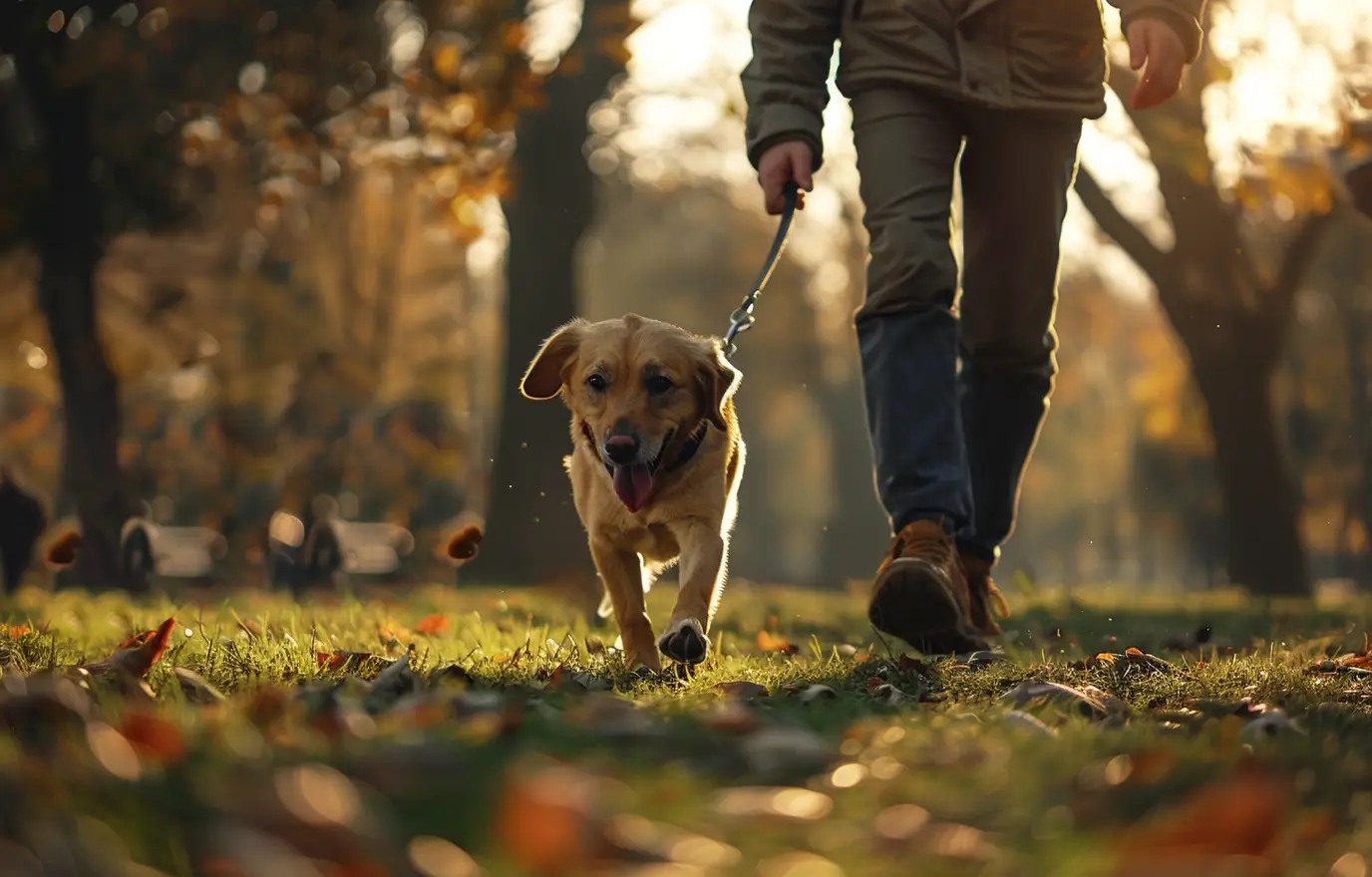
6. Keep Treats Accessible and Reward as You Walk
To effectively reward your dog, keep treats in a pouch or pocket within easy reach. As you walk, hold a few treats in your hand and offer them every few seconds as the dog walks nicely beside you. This constant reinforcement helps your dog learn that staying close is rewarded. Adjust the frequency of treats based on your dog's progress, but always ensure the treats are easily accessible during the walk.
Tip: Use a treat pouch or belt that allows you to access treats quickly and easily, keeping your hands free for walking and handling the leash.
Editor's Pick: OllyDog Goodie Treat Bag, Dog Treat Pouch, Waist Belt Clip for Hands-Free Training
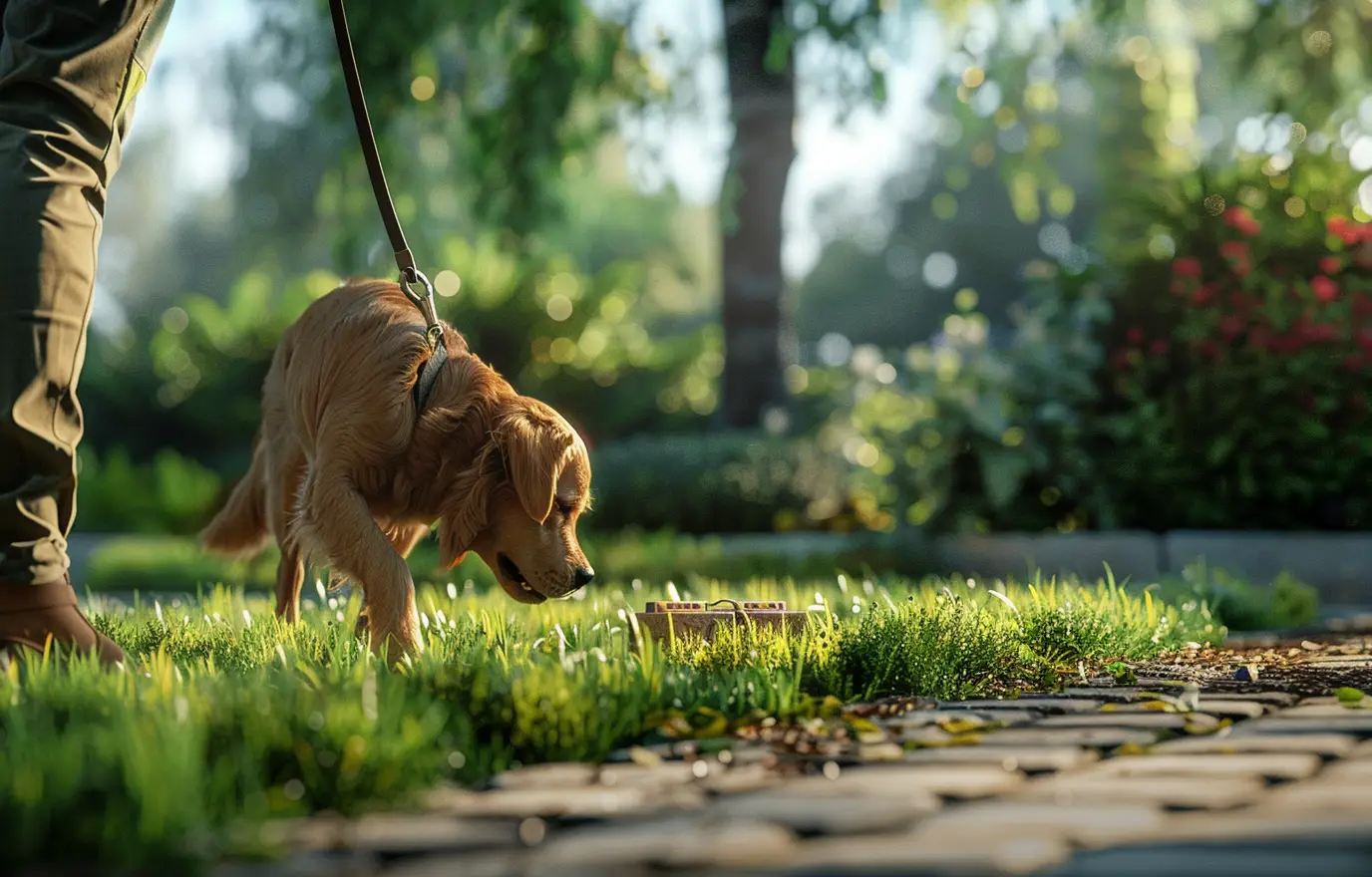
7. Address Straying and Allow Investigation Time
If your dog starts pulling ahead or lagging behind, stop walking and call it back to your side. Reward the dog when it returns and resumes walking calmly. If your dog shows interest in sniffing or investigating something, allow it to do so but ensure the leash remains slack. Praise and reward your dog for returning to your side after it has finished exploring.
Tip: Incorporate short training sessions where you allow your dog to investigate objects deliberately. This can help teach your dog that exploring is okay, as long as it’s done calmly.
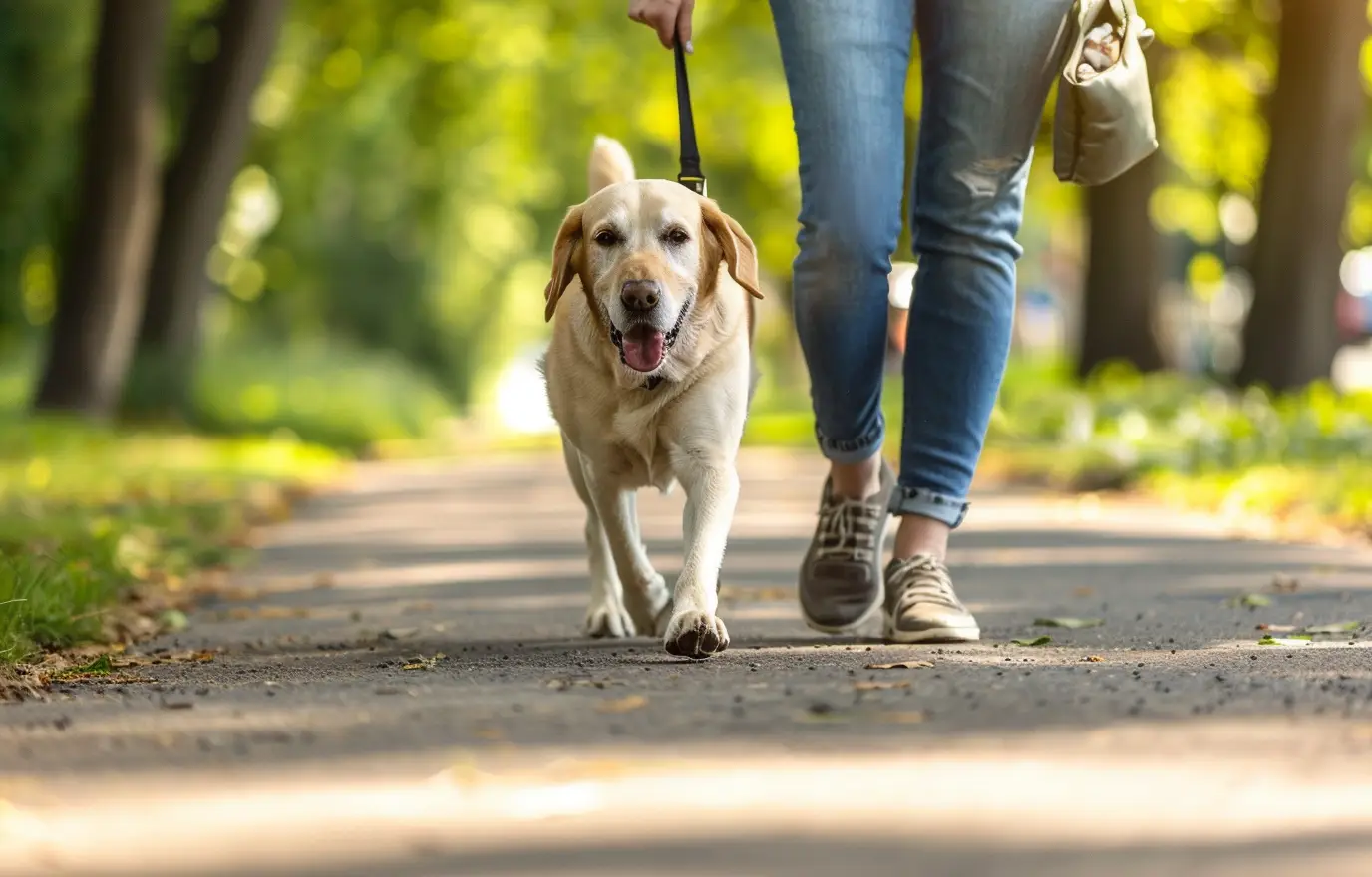
8. Gradually Increase Walk Duration and Reduce Treats
As your dog improves its walking behavior, gradually extend the length of your walks. Start with short distances and slowly increase as your dog remains focused. Over time, reduce the number of treats given by spacing them out. Aim for a treat every minute or so, depending on your dog’s progress. This gradual reduction helps the dog transition from a high-reward to a more consistent behavior without constant treats.
Tip: Keep a training log to track your dog's progress. Note the duration of walks, treat frequency, and any improvements or setbacks. This will help you adjust your training plan as needed.
By following these detailed steps and incorporating these tips, you can transform your walks into enjoyable experiences for both you and your dog. Consistency and patience are key to successful leash training. Happy walking!
![]() Top Headlines
Top Headlines
